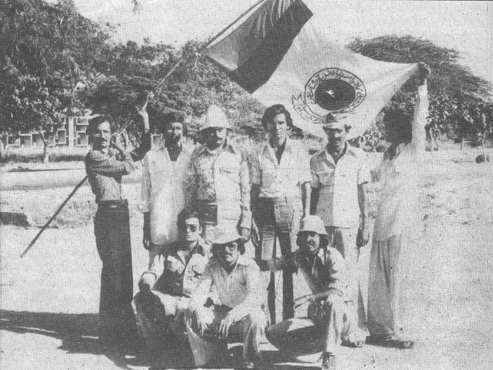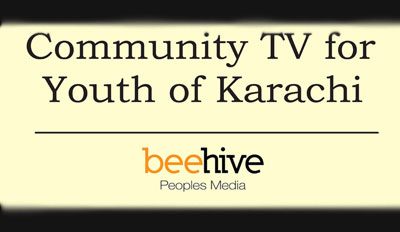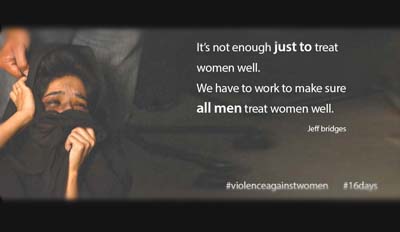The lost honeymoon with the Youth
Muhammad Imran
It is often quoted that Mohammad Ali Jinnah, the Quaid-e Azam for us Pakistanis, loved the youth of his time, and encouraged the youngsters to participate in the Pakistan Movement. He, however, once Pakistan was achieved, told the students that their primary task was to focus on their studies, and refrain from any activity that takes them away from their main responsibility.Somehow, the youth did not entirely pay any heed to this advice since within five years it had become apparent that the government was least interested in resolving the issues students’ issues. The student movements of 1953, 1963, and then 1968 speak volumes of the role students were to play in Pakistani politics. All those political parties that were not in power and needed street strength realized this role and utilized their energy. This was the case in both East and West Pakistan. No wonder, the 70s witnessed rise of many youthful politicians.
The trend, however, was reversed in the 80s and the 90s. The ban on student politics and an overall de-politicization of Pakistani society resulted in fewer and fewer youngsters joining politics in those two decades. The general trend in those days was to protect the youth from the violent trends of politics. The militant politics of General Zia’s martial law had lived beyond his death. The influx of the youth into the politics returned only after the 2001 LG elections. This was very different from what we had witnessed during the 1983 or even 1987 elections, when mostly patwari types got into politics. The post 2001 LG elections era —though not necessarily because of those elections—gave rise to a lot of youth politicians including Rehan Hashmi, Mustafa Kamal, Marvi Memon, Ali Zaidi, Hina Rabbani Khar, Nasrullah Shaji etc. General Musharraf too opted for a new leadership to counter the establishment opponents.
Also, the media explosion of that era brought a lot of youthful faces, though none of them are now leaving any space for new youngsters to come forward. Many of them became important political commentators.

Then during the PPP era of 2008 government, there was again stagnation. Death of Benazir Bhutto resulted in abandoning of the youth politics and once more, gave rise to the politics of mourning and sympathy. The party did not opt for the LG elections either and this did not create any easy mobilization opportunity for the youth. The media too was saturated and no more job opportunities were available for the new comers.
The 2013elections was turn over and a lot of youngsters came in the politics. PTI, in those elections, despite tall claims, did not give tickets to youngsters much. There were a few in the KPK but mostly they also went for electable candidates.
During the 2012-13, Imran Khan’s campaign of tsunami and tabdeeli politics, a lot of youngsters were attracted towards politics. This also reminded the PML-N and the PPP that they too needed to go for the youth. Bilawal Zardari also got into action and the N League decided to start youth-focused programs as well, such as, laptop scheme. They also started pointing out that Imran Khan being 60 cannot be a youth leader in comparison to some of the N League and PPP leaders who were more youthful then the Khan.
Khan’s campaign was supported by the star power of the likes of cricketer Shahid Afridi, music icons Abrar Ahmed and Salman Khan and actor Hamza Ali Abbasi. His own charisma as a sports icon was however not that effective since his own followers of his era were not that young anymore.
With the establishment of the N League’s established faces as the rulers, the trend has gone to cold storage. Nawaz Sharif himself is an old granddad of his family with his granddaughter too getting married. His other cabinet ministers are also old sages.
The policies of appeasing the youth that they had initiated to counter Imran Khan are now absent. The youth factor has run its steam and cannot be found anywhere in our politics today.
Youth of today shows lack of interest in the political activity. The doors such as the local government elections (now a confusing phenomenon) or student politics (because of privatization of the education sector) are closing. The only option left open is the social media of blogging, Facebook posts, and tweets. That is where the youth can be found active. Their presence is growing as during the past four years, more and more people now have access to the internet. Social media has also given rise to a lot of new writers in the conventional media and a lot of them are youngsters or at least fresh voices. Also, a lot of writers are currently writing political fiction and satire and publishing too. This too is due to the social media push factor. The outcome is that sometimes the focus on the youth issues gets stronger but mostly, we see the youngsters’ lives are seldom discussed on political platforms. The honeymoon with the youth seems to be over, though all is not lost.







